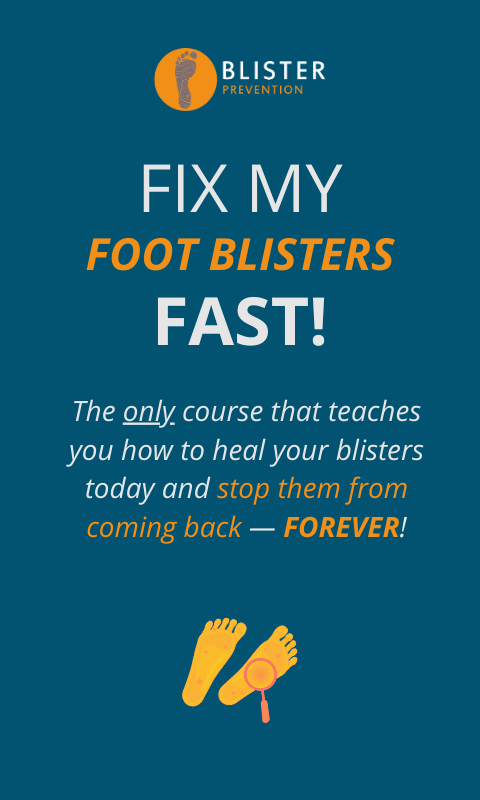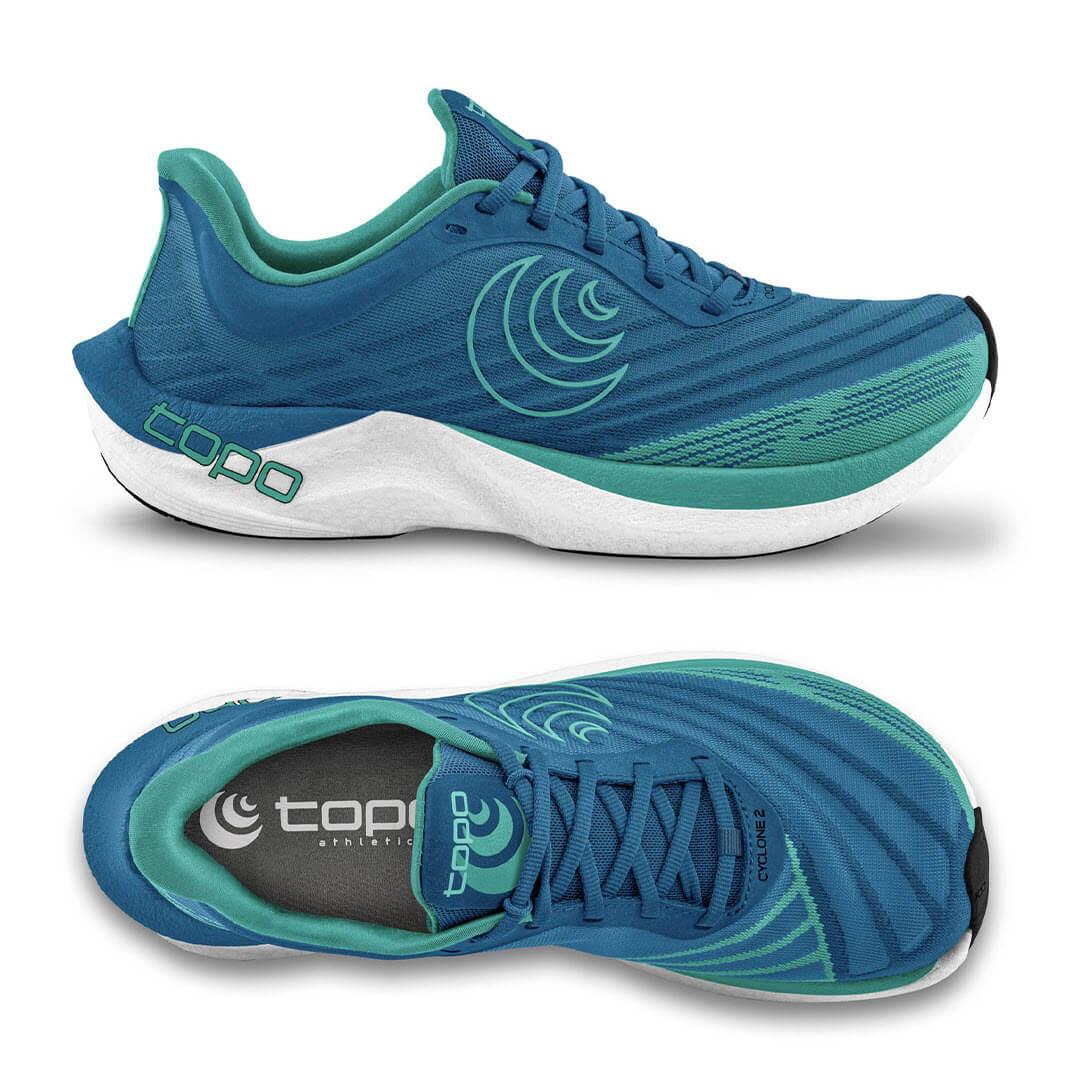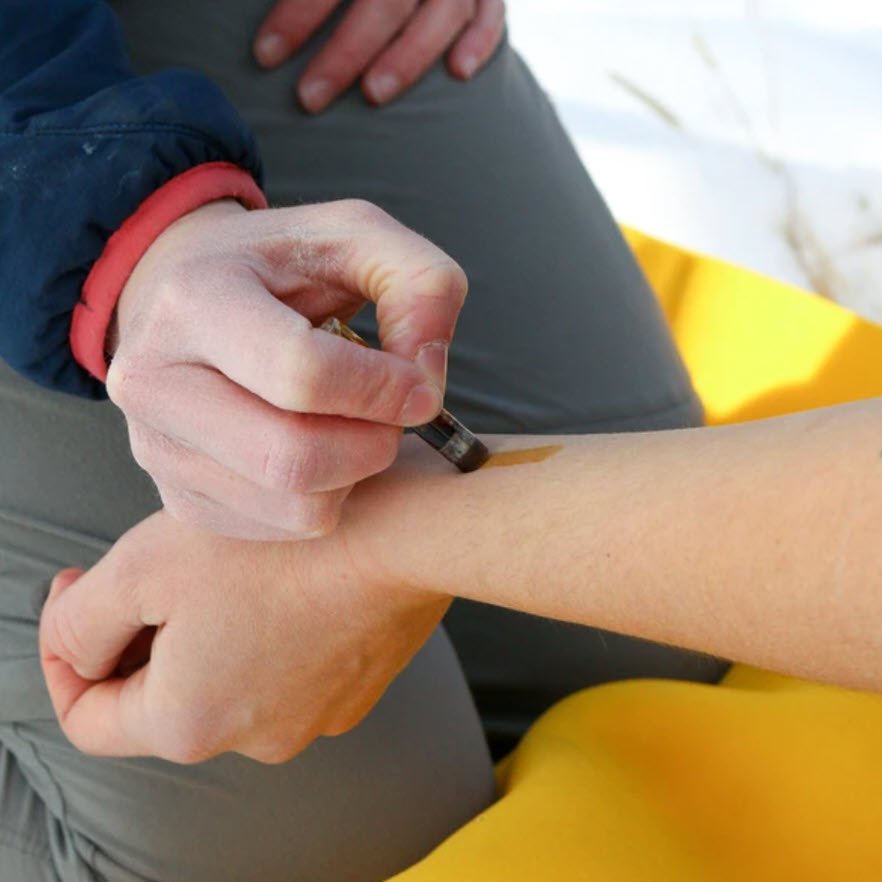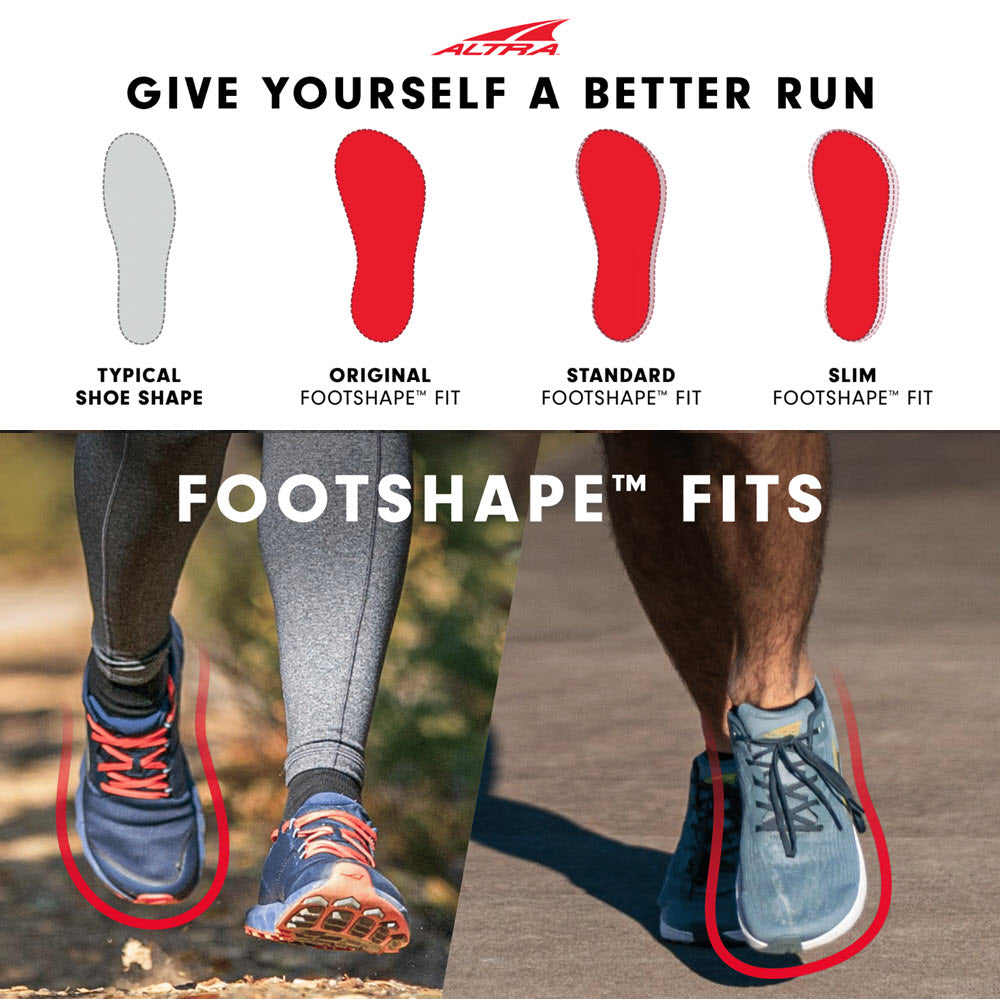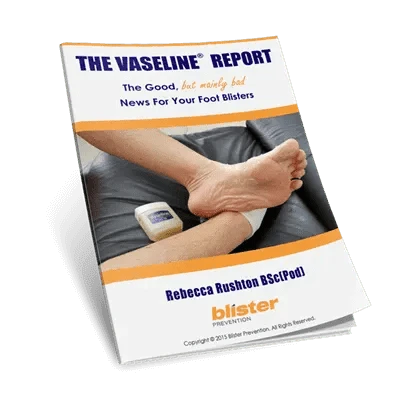As the start of the school year approaches, the excitement and chaos of back-to-school preparations are in full swing. New uniforms, school supplies, and, of course, new shoes are at the top of the list. But while you’re ticking off your to-do list, don’t overlook a common problem that can quickly turn excitement into tears: foot blisters, especially back-of-heel blisters.
Blisters might seem like a small inconvenience, but for kids, they can be a painful distraction that makes walking and running uncomfortable. Not to mention, concentrating in class difficult. In treating your kids’ blisters, you might be tempted to simply rely on bandaids, thinking that’s all you can do to stop the pain. While high friction rubbing is a problem, rubbing doesn’t necessarily cause blisters. And there’s a lot more you can do than just cover it with a bandaid.
So, this article will help you understand the causes of back-of-heel blisters and how to prevent them, ensuring your child starts the school year on the right foot.
Why Back-of-Heel Blisters Happen
The back of the heel is one of the most common places for blisters to form, particularly in children at the start of the school year. Here’s why:
- New Shoes: Freshly purchased shoes often have stiff materials that don’t yet conform and bend with the foot.
- Ill-Fitting Shoes: Shoes that are too big can cause the foot to slide around. Conversely, shoes that are too small can create pressure points.
- Loose Laces: When shoes aren’t secured properly, the heel can lift relative to the shoe with each step.
- Lack of Preparation: Wearing new shoes for a full school day without breaking them in can put your child’s feet at higher risk of blisters.
How to Prevent Back-of-Heel Blisters
Prevention is always better than cure when it comes to blisters. Here are the most effective strategies:
1. Check Shoe Fit
Before purchasing school shoes, ensure they fit properly:
- Length: The perfect length is when there is about a thumb’s width of space (your child’s thumb) between their longest toe and the end of the shoe. Any less is too small. Any more is too big. While there’s not much you can do with shoes that are too small, if they’re a bit too big, you can use a firm lacing technique to maximise the fit.
- Width: The shoe should feel snug but not tight across the ball of the foot.
- Heel Fit: The heel should sit securely in the shoe without slipping. This can be tricky when you child has thin ankles and you school dictates formal black school shoes. These shoes lack eyelets (the holes laces go through) up towards the ankle, meaning your ability to optimise fit in this region is limited. So, getting good advice and assistance when buying shoes is important.
Visit a professional shoe fitter if you’re unsure about sizing and fit. They can help you find the right fit and style for your child’s needs.
2. Lace Securely
- Lacing plays a critical role in keeping the foot stable inside the shoe. Loose laces can allow the heel to slip excessively, increasing the chance of blisters when friction levels are high. If you have the ability, use a heel-lock lacing technique for added security:
- Lace the shoe normally until the second-to-last eyelet.
- Instead of crossing the laces, thread each lace straight up into the top eyelet on the same side, forming a loop.
- Cross the laces and thread them through the opposite loops.
- Pull tight and tie knot and bow as usual.
This method reduces heel movement relative to the shoe, stops the foot from sliding forward if the shoes are a bit big (great for toe blisters), and provides the stability you expect from your shoe.
3. Break Shoes In
Some say you shouldn’t need to break shoes in. However, new shoes are stiff and need a little bit of wear to soften and mold to your child’s foot shape and function.
At the same time, your child’s foot skin needs some exposure so it can toughen. You won’t see visible signs of toughening or thickening, but research shows the skin changes structurally, making it more resistant to blisters. So, a week or two before school starts, encourage your child to wear their new school shoes around the house. Start with one hour, and increase by an hour each day until they are able to wear them comfortably all day. If they walk to school, include walking the route in their wearing-in process.
4. Incorporate Calf Stretches
Children often go through stages of having tight calf muscles, because they are growing. Tight calf muscles can alter the way the foot moves in a shoe - it makes the heel lift sooner. For this reason, I frequently encourage kids to do calf stretches if they are tight. There are many ways to do a calf stretch, but the ones I tend to recommend are the wall stretch or the step stretch.
- Wall Stretch: Stand facing a wall, place hands on the wall, and step one foot back, keeping it straight with the heel on the ground. Bend the front knee and lean forward until a stretch is felt in the back leg. Hold for 20-30 seconds and repeat on the other side.
- Step Stretch: Stand on a step with the balls of your feet on the step and heels hanging off. Lower your heels gently until you feel a stretch, one at a time. Hold for 20-30 seconds and repeat.
These stretches improve ankle flexibility and can reduce the up and down movement of the heel during walking and running.
5. Use ENGO Blister Patches
ENGO Blister Patches are an excellent solution for back-of-heel blisters. These patches are designed to stick inside the shoe, not on the skin, to provide long-lasting friction relief. They’re thin, durable, and effective, providing a smooth, low-friction surface that protects the skin.
How to Use ENGO Blister Patches:
- Identify the area inside the shoe and ensure it is clean and dry.
- Select the appropriate patch (heel patches are designed for this blister location, but you can also use large oval patches).
- Apply the patch carefully, pressing firmly to ensure a strong initial adhesion.
- Ensure your child undoes their laces every time and protects the top of the patch as they slide their foot into the shoe.

These patches can be a lifesaver, especially for kids prone to blisters or who need to wear stiff, formal school shoes. They’re fantastic in sports shoes, footy boots and really any shoe at all. You can read our ENGO Blister Patches FAQ here.
An alternative to ENGO Patches is PelliTec Blister Pads, which also attach to the shoe.
What to Do if a Blister Develops
If you miss the blister prevention boat, this video walks you through how to treat them. You’ll learn the treatment required (antiseptic, dressing) is dictated by the integrity of the blister roof. You’ll also learn that it’s important to implement the prevention, even during treatment. The item that will provide the most significant and immediate relief to blister-causing forces will be the ENGO Patches.
Video summary:
- Roof intact: If the blister is small and it hasn’t popped, try to keep it that way. Simply cover it with an island dressing (bandaid), and put an ENGO Patch on the shoe.
- Roof torn: If the blister has burst, apply an antiseptic to prevent infection, an island dressing (bandaid), and put an ENGO Patch on the shoe. Change the dressing twice per day and monitor for signs of infection.
- Deroofed: If the blister roof has rubbed right off, apply an antiseptic to prevent infection, a hydrocolloid blister plaster, and put an ENGO Patch on the shoe to stop the blister from hurting. Change the plaster when the white gel bubble reached the edge of the plaster. They can stay on for up to 7 days. You can read our hydrocolloid FAQs here to learn how to use hydrocolloids to best effect, what to expect at dressing changes.
Make Back-to-School Blister Pain Free
Back-of-heel blisters don’t have to be a part of your child’s back-to-school experience. By taking proactive steps such as choosing the best fitting shoe to start with, optimising fit with lacing, breaking them in a little the week before school starts, and using ENGO Blister Patches, you can protect your child’s feet and set them up for a successful start to the school year.
With these simple strategies, you’ll keep your kids’ feet happy and pain-free, so they can focus on learning, playing, and enjoying the excitement of a new school year.


